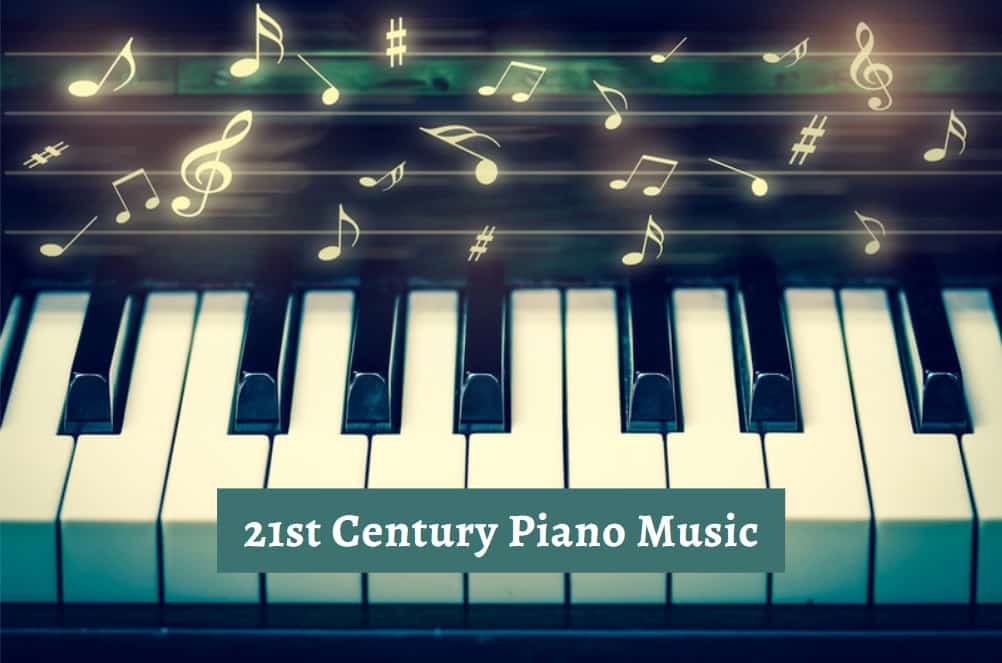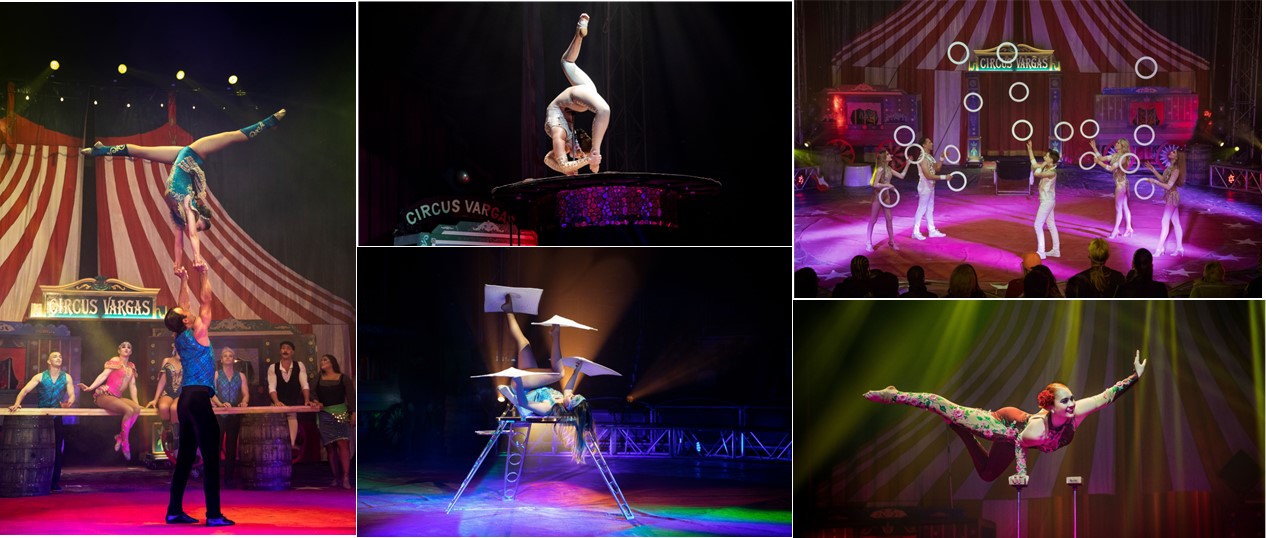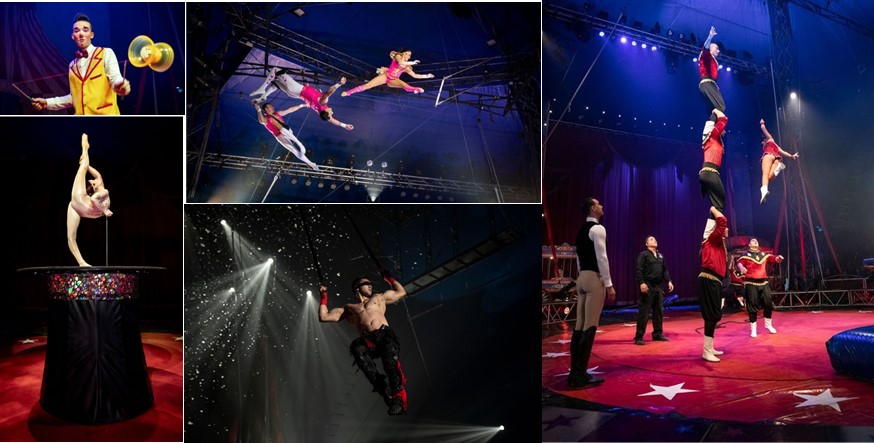Popular classical music piano has a timeless appeal that continues to captivate audiences around the world. The piano, with its expressive range and versatility, has been a beloved instrument for composers throughout history. In this article, we explore a selection of popular classical music piano pieces that inspire and evoke emotions in listeners. From delicate melodies to virtuosic displays of technique, these compositions have stood the test of time, leaving a lasting impact on both musicians and enthusiasts alike.
Table of Contents
Beethoven’s Moonlight Sonata
Ludwig van Beethoven’s Moonlight Sonata is a cornerstone of popular classical music piano repertoire. Composed in 1801, this mesmerizing piece consists of three movements, with the first movement being the most renowned. The delicate, melancholic melody instantly transports listeners to a world of introspection and reflection. The famous opening movement, characterized by its hauntingly beautiful arpeggios, captures the essence of romanticism. Beethoven’s Moonlight Sonata remains an enduring favorite, showcasing the emotional depth and technical prowess that defines popular classical music piano.
Chopin’s Nocturne in E-flat Major
Frederic Chopin, a master of the piano, composed numerous enchanting pieces that continue to inspire pianists today. Among his most beloved works is the Nocturne in E-flat Major. This gentle and lyrical composition, written in 1830, showcases Chopin’s ability to create deeply expressive melodies. The Nocturne’s serene atmosphere and introspective nature make it a favorite among both performers and listeners. Chopin’s mastery of the piano shines through in this piece, which showcases his gift for weaving intricate musical phrases together with effortless grace and popular classical music piano.
Mozart’s Sonata in C Major
Wolfgang Amadeus Mozart, a prodigious composer of the popular classical music piano era, composed numerous piano sonatas that epitomize the elegance and grace of the period. His Sonata in C Major, often referred to as the “Sonata facile,” is a prime example of Mozart’s genius. This delightful composition, written in 1775, radiates joy and optimism. The lively and melodic first movement, followed by a tender slow movement and a spirited finale, showcases Mozart’s ability to craft memorable melodies that resonate with audiences of all ages.
Rachmaninoff’s Prelude in C-sharp Minor
Sergei Rachmaninoff’s Prelude in C-sharp Minor is a tour de force of Romantic popular classical music piano. Composed in 1892, this passionate and intense piece captivates listeners from the first chord. The Prelude’s haunting melody and lush harmonies create an atmosphere of profound emotion. Rachmaninoff’s exceptional technical skill is on full display, as the piece demands both dexterity and expressive interpretation. The Prelude’s dramatic and virtuosic nature has made it a favorite among pianists and a staple of concert repertoire.
Debussy’s Clair de Lune
Claude Debussy’s Clair de Lune, meaning “moonlight” in French, is a mesmerizing composition that evokes a dreamlike atmosphere. This piece is part of Debussy’s larger piano suite, “Suite bergamasque,” composed in 1890. Clair de Lune is a delicate and introspective work, with its cascading arpeggios and enchanting melodies painting a vivid musical portrait. The piece captures the shimmering beauty of moonlight and embodies the impressionistic style for which Debussy is renowned. Its ethereal qualities have made it a popular choice for both pianists and listeners alike.
Bach’s Goldberg Variations
Johann Sebastian Bach’s Goldberg Variations is a monumental work of Baroque keyboard music. Composed in 1741, this set of 30 variations on a bassline is a testament to Bach’s compositional ingenuity. The variations range from lively and exuberant to introspective and melancholic, showcasing Bach’s mastery of counterpoint and harmonic invention. The Goldberg Variations is a challenging yet rewarding piece, loved by pianists for its technical demands and loved by audiences for its intricate musical tapestry.
Schubert’s Impromptu in G-flat Major
Franz Schubert’s Impromptu in G-flat Major is a lyrical and poetic piece that captures the essence of Romantic popular classical music piano. Composed in 1827, this impromptu exudes a sense of improvisation and spontaneity. Its flowing melodies and rich harmonies transport listeners to a world of beauty and introspection. The Impromptu’s cascading arpeggios and heartfelt lyricism demonstrate Schubert’s gift for creating deeply emotional music that resonates with the soul.
Liszt’s Hungarian Rhapsody No. 2
Franz Liszt’s Hungarian Rhapsody No. 2 is a dazzling display of virtuosity and nationalistic fervor. Composed in 1847, this piece takes listeners on a thrilling journey through Hungarian folk melodies and fiery passages. Liszt’s technical brilliance is evident in the rapid scales, arpeggios, and complex fingerings required to bring this exhilarating composition to life. Hungarian Rhapsody No. 2 has become a staple of concert repertoire, captivating audiences with its electrifying energy and undeniable charm.
Schumann’s Kinderszenen
Robert Schumann’s Kinderszenen, meaning “Scenes from Childhood,” is a collection of 13 character pieces that capture the innocence and nostalgia of childhood. Composed in 1838, these short yet evocative musical snapshots invite listeners into a world of imagination and reminiscence. Each piece has its own unique mood and expression, ranging from whimsical and playful to tender and introspective. Schumann’s ability to evoke profound emotions through simplicity is showcased in this beloved collection.
Satie’s Gymnopédies
Erik Satie’s Gymnopédies are a set of three minimalist piano compositions that possess a timeless charm. Composed between 1888 and 1897, these pieces are characterized by their spare and introspective melodies. The Gymnopédies, with their delicate and ethereal quality, create an atmosphere of tranquility and contemplation. Satie’s innovative approach to composition, characterized by simplicity and economy of means, has made these pieces enduring favorites among both performers and listeners.
Conclusion – popular classical music piano
The world of popular classical music piano is rich with inspiring compositions that continue to enthrall and captivate audiences. The pieces explored in this article, from Beethoven’s Moonlight Sonata to Satie’s Gymnopédies, represent a diverse range of styles and emotions. Whether it’s the profound introspection of Chopin’s Nocturne or the fiery virtuosity of Liszt’s Hungarian Rhapsody, each composition offers a unique glimpse into the brilliance of the composers and the expressive power of the piano.
These popular classical music piano pieces have the ability to transport listeners, evoke emotions, and ignite a passion for the beauty and artistry of classical music. So take a moment to immerse yourself in the world of these timeless masterpieces and let their melodies inspire your soul.
Learn about: Embark on unforgettable adventures with our guide to the best places to travel in May 2023. Start planning now!




